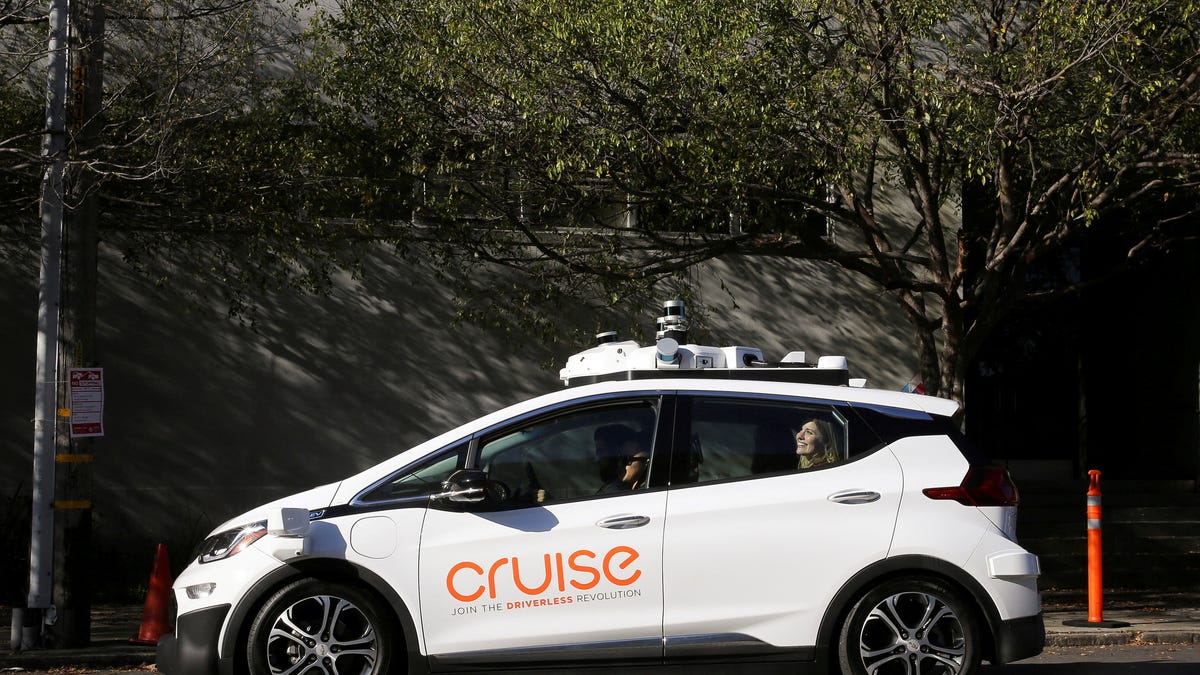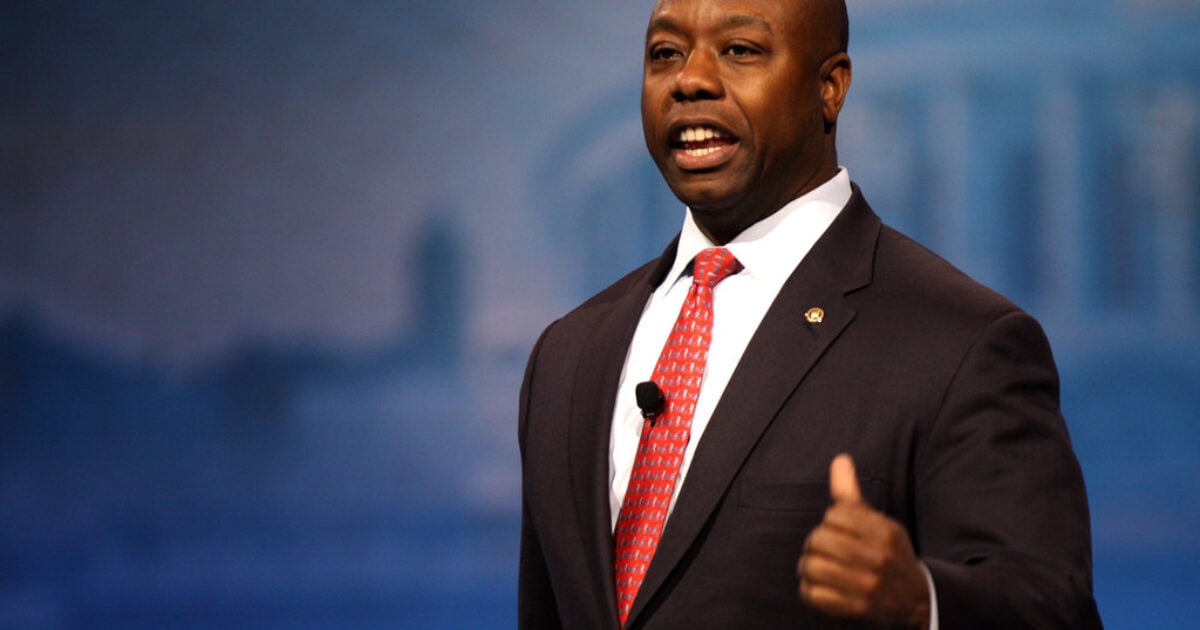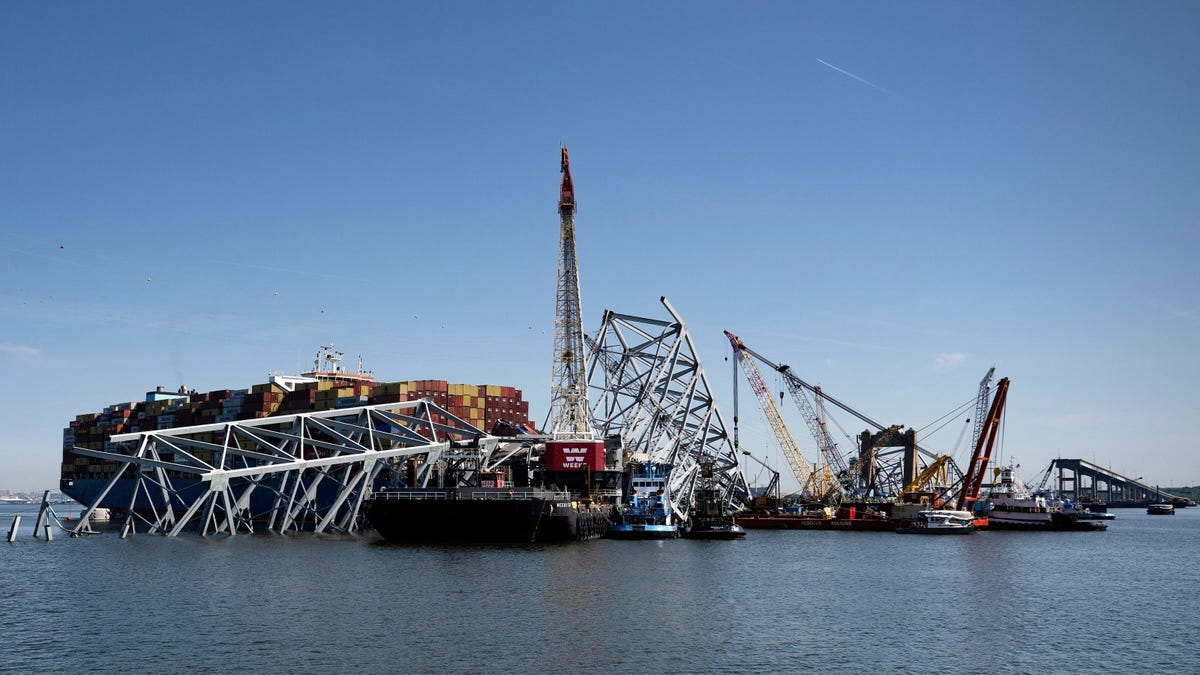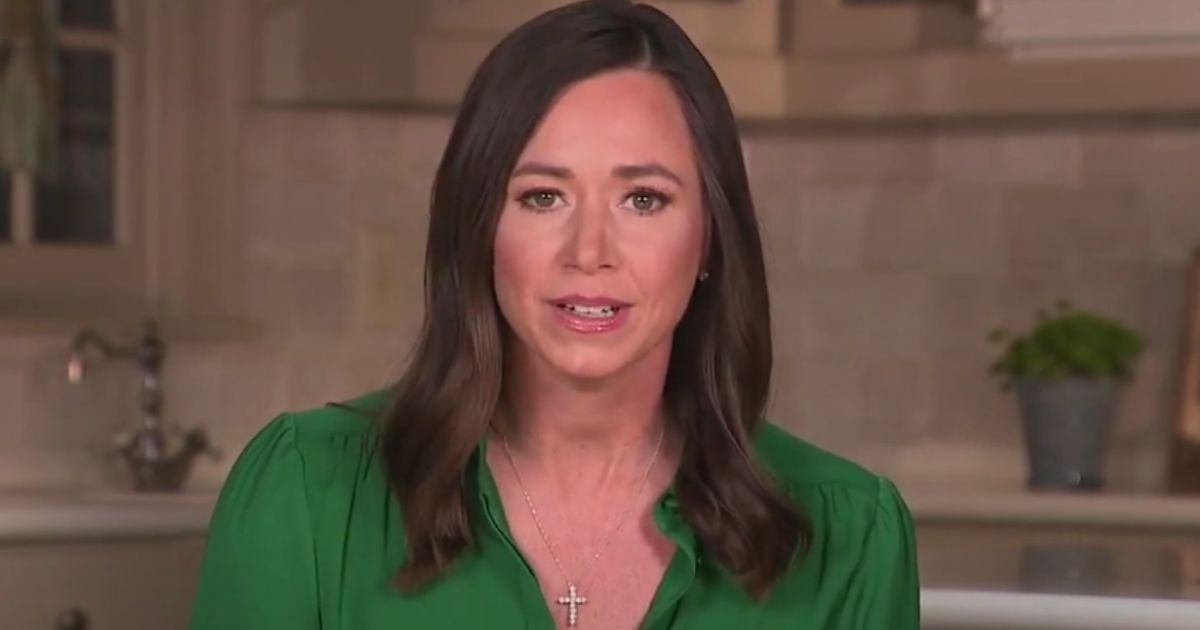Cruise’s Return to Manual Driving
General Motors’ self-driving car company Cruise has recently announced a significant development in its autonomous driving endeavors. The company is planning to resume manual driving to create maps and gather road information in select cities, beginning with Phoenix. This move is part of the company’s strategy to train Cruise’s driverless systems, ultimately aiming to transition back to autonomous driving in the future.
Previous Setback and Operational Suspension
Cruise faced a setback last October when one of its driverless cars was involved in an accident, resulting in a pedestrian being dragged for approximately 20 feet after being pushed into its path by a human-driven vehicle. Following this incident, the company halted its operations. Prior to the accident, Cruise had been conducting tests of its robotaxis in cities such as Austin, Houston, Phoenix, and San Francisco. The California Department of Motor Vehicles took further action by revoking Cruise’s license due to safety concerns.
Transitioning Back to Fully Autonomous Driving
To progress towards reinstating its fully autonomous services, Cruise plans to reintroduce driverless vehicles onto public roads under supervision. This will complement the existing closed course and simulation training, ensuring that the vehicles meet stringent safety and performance standards. The company emphasized that its fleet continuously learns from various environments, improving its capabilities and adaptability with each encounter.
Cruise has been actively engaged in complex simulated environments and closed courses during its operational pause, facilitating ongoing retraining and enhancement of its technologies. Additionally, the company has made changes in leadership, appointing a new chief safety officer who brings valuable expertise from leading companies such as Ford and Apple.
Addressing Past Failures and Enhancing Safety Measures
A third-party report by the law firm Quinn Emanuel Urquhart & Sullivan identified several shortcomings in Cruise’s response to the October 2 incident. These included poor leadership, errors in judgment, lack of coordination, and a limited understanding of accountability and transparency. To avoid repeating these mistakes, Cruise is focused on improving its incident reporting procedures and internal safety governance processes.
Safety remains the paramount concern for Cruise, guiding all aspects of its operations. The company is determined to learn from past experiences and implement robust measures to ensure the well-being of both passengers and pedestrians.
Financial Outlook and Strategic Adjustments
In light of recent developments, General Motors is planning to reduce Cruise’s expenses by approximately $1 billion. This decision aims to streamline operations, reduce cash burn, and align with a more targeted focus in 2024. By implementing these cost-saving measures, General Motors aims to optimize the performance and sustainability of its autonomous vehicle subsidiary.
Image/Photo credit: source url





